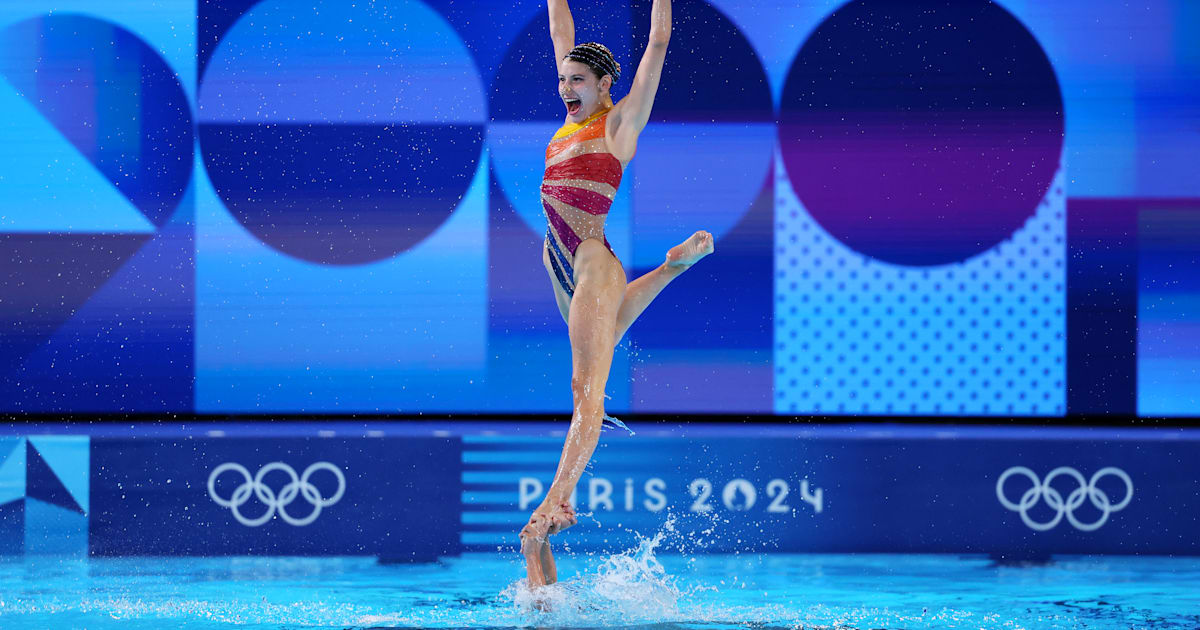Paris 2024: What is the acrobatic team in artistic swimming?
The acrobatic routine, formerly called Highlight, is a new implementation in the Olympic programme, but not in other competitions: it made its debut at the World Championships in 2019 and at the European Championships in 2021.
According to explica World Aquaticsthis test “challenges judges to identify and evaluate the difficulty, execution and artistic impression of complex structures, aerial movements and a wide diversity of combinations of acrobatic actions.”
In an already spectacular sport, the acrobatic routine was designed to further impress the eye of the spectator and make the routine more understandable to the non-sport-specialist public.
“I think it’s a very interesting change. [la implementación de la rutina acrobática en París 2024]. The Games are a competition unlike any other because we get people to fall in love with the sport. The Games are a great opportunity for people who know nothing about the sport to get to know it and encourage them to continue watching artistic swimming. And we only get this opportunity every four years. In this sense, the acrobatic routine is very interesting and very exciting because it creates a spectacle and I think that, by becoming part of the Games, it is another way of giving visibility. I personally see it as an opportunity,” says Mayuko Fujiki, coach from Spain, for Olympics.com.
What are the main stunts?: Brief explanation of the acrobatic equipment
In the acrobatic routine, the acrobatics are divided into four main groups of movements (each of them also has subgroups, not included in this article):
- A (airbone): all elements are performed in the air
- B (balance): all elements are made on a support/base
- C (combined): includes elements combining group A and group B
- P (platform): This group of stunts is judged on the effort and difficulty the swimmers put into creating a stable support on which one or more team members rise to perform actions other than volar (static or moving posture on the support created by the rest of the team)
Teams need to complete a total of seven acrobatic movements in their acrobatic routine, with at least one from each of the groups just described. Unlike in the technical and free routines, teams may perform hybrids, but they do not count towards the difficulty score for the acrobatic team.


